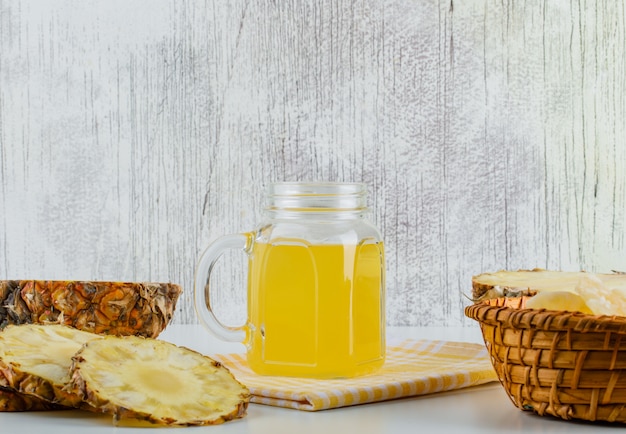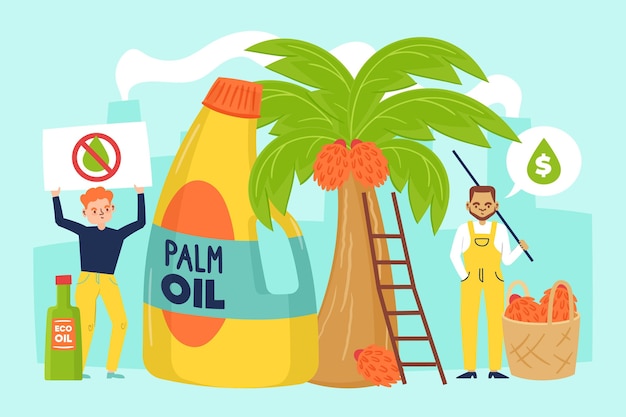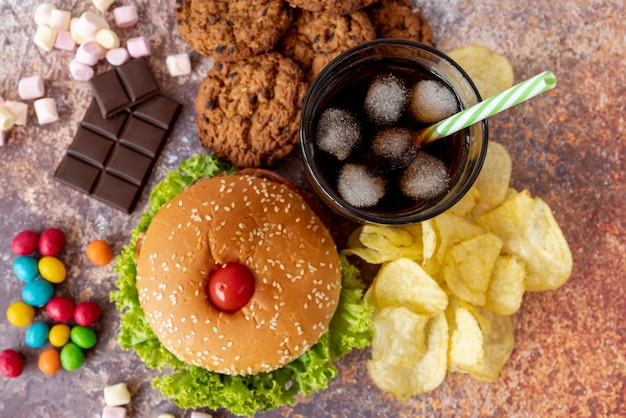Palm Oil: The Hidden Health Trade-Off Between Convenience and Long-Term Wellness
Updated September 2025 • 7 min read
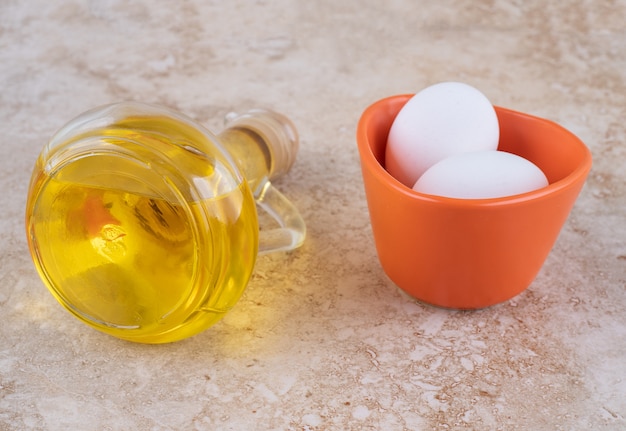
Palm oil is everywhere—from chocolate spreads to instant noodles—yet the conversation around its health effects remains polarized. Is it an affordable cooking staple or a ticking time-bomb for heart disease? Let’s unpack the science, sift through industry influence, and give you the practical takeaways you need.
What Exactly Is Palm Oil?
Extracted from the reddish pulp of oil-palm fruit, palm oil is prized for its neutral flavor, high smoke point, and long shelf life. It’s cheap to produce and stable at room temperature, making it a favorite for ultra-processed foods and cosmetics alike.
Nutritional Snapshot
- Calories: 884 kcal per 100 g (all from fat)
- Saturated fat: 49%, mainly palmitic acid
- Monounsaturated fat: 39% (oleic acid)
- Polyunsaturated fat: 9% (linoleic acid)
- Vitamin E: Moderate amounts (tocotrienols & tocopherols)
- Carotenoids: Red palm oil is rich in β-carotene, a vitamin A precursor
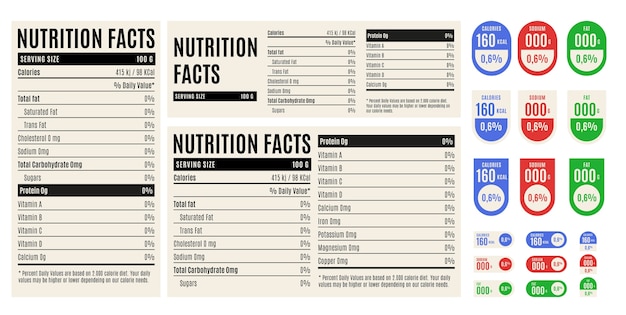
Health Concerns Backed by Research
1. LDL Cholesterol & Heart Health
Multiple meta-analyses show that diets high in palmitic acid can raise LDL (“bad”) cholesterol by up to 0.37 mmol/L when substituted for unsaturated fats. Elevated LDL is a well-established risk factor for coronary artery disease.
2. Inflammation Markers
Although palm oil contains vitamin E tocotrienols with antioxidant potential, the high saturated fat load may trigger low-grade inflammation in some individuals. Studies note elevated C-reactive protein (CRP) levels in people consuming palm-oil-rich diets versus those using olive or canola oil.
3. Caloric Density & Weight Gain
At 120 kcal per tablespoon, palm oil is calorie-dense. When used extensively in snack foods, it can contribute to positive energy balance and weight gain—particularly when paired with high-sugar formulations.
Potential Benefits (The Lesser-Known Side)
- Vitamin A source: Red palm oil can supply 100% RDA of vitamin A in just 1–2 teaspoons—valuable in regions facing deficiency.
- Stable frying oil: Its high oxidative stability reduces the formation of harmful aldehydes compared with polyunsaturated oils at high heat.
- Brain tocotrienols: Preliminary research suggests tocotrienols might offer neuroprotective effects, though human data remain limited.

Industry Influence & Why Mixed Messages Exist
A 2024 WHO Bulletin review compared palm oil industry tactics to those once used by tobacco and alcohol lobbies: funding studies that highlight benefits while downplaying harms, and framing palm oil as “essential” for global food security. This has muddied public perception and slowed regulatory action in several countries.
Practical Guidelines for Consumers
Read Labels Mindfully
Palm oil hides under names like “vegetable oil,” “palmolein,” or “sodium palmate.” Scan ingredient lists, especially on margarine, baked goods, and confectionery.
Balance Your Fats
Limit saturated fat—including palm oil—to ≤10% of daily calories (about 20 g for a 2,000 kcal diet). Favor extra-virgin olive, avocado, or high-oleic sunflower oils for everyday cooking.
Choose Red Palm Oil Strategically
If using red palm oil for vitamin A, keep servings small (1 tsp) and pair with vegetables to enhance absorption without excess calories.
Opt for Certified Sustainable Sources
Health and environmental footprints overlap—RSPO or POIG-certified products aim to reduce both.
Quick Reference: Swaps to Reduce Palm Oil Intake
| Food Category | Common Palm-Oil Source | Easy Swap |
|---|---|---|
| Spreads | Chocolate-hazelnut spread | Nut butter with no added oil |
| Instant noodles | Seasoning oil sachet | Air-dried noodles + olive oil drizzle |
| Snack crackers | Palm shortening | Whole-grain crackers baked with canola |
Bottom Line
Palm oil isn’t poison, but it’s not a health food either. Its saturated fat profile places it alongside butter and coconut oil—fine in small, occasional amounts, yet problematic when it dominates a processed-food-heavy diet. By reading labels, moderating intake, and diversifying your fat sources, you can sidestep the hype and safeguard your long-term wellness.
Sources: WHO Bulletin 2024, Journal of Nutrition 2023, Cochrane Meta-analysis 2025, FDA Dietary Guidelines 2025–2030.





